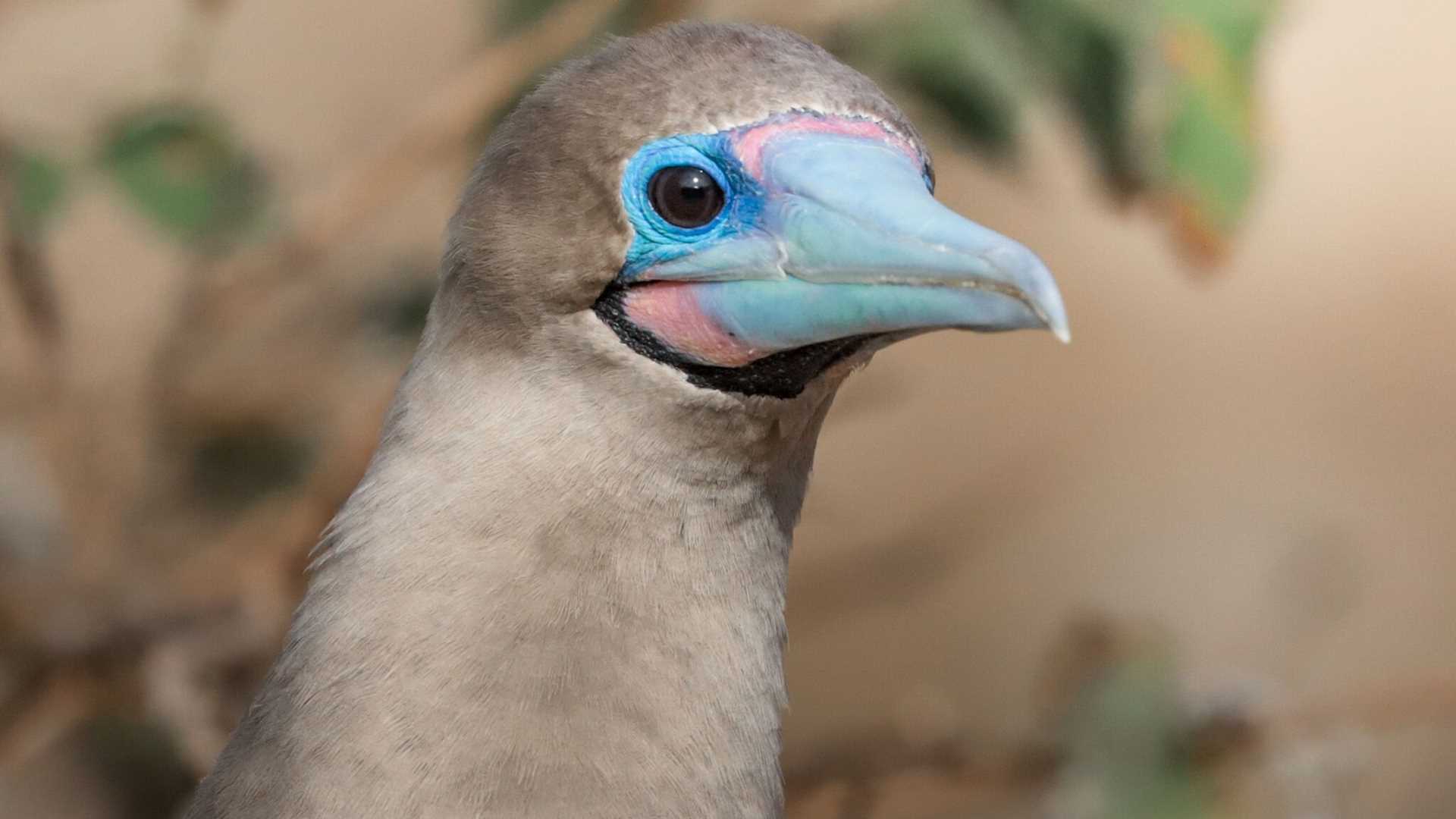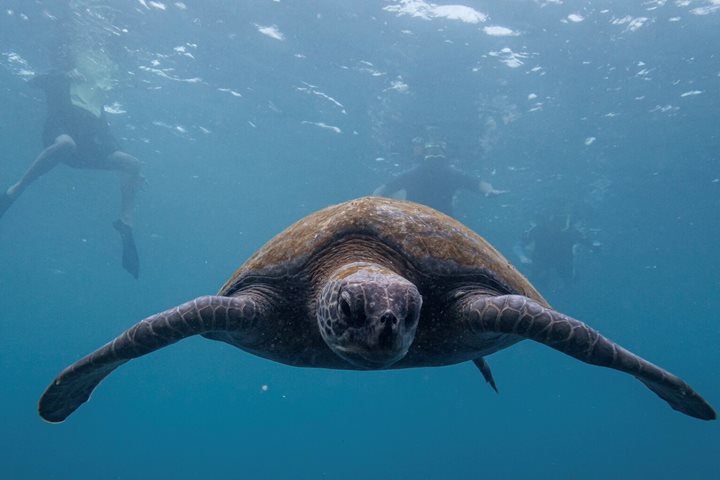Our expedition aboard National Geographic Islander II is about to end, and it led us to the awe-inspiring Punta Pitt and Cerro Brujo on San Cristóbal Island. There we embarked on a day of adventure, ecological discovery, and encounters with some of the most iconic wildlife in Galápagos.
Our day began with a thrilling landing at Punta Pitt, a place known for its unique volcanic landscapes and diverse bird species. The steep hike to the summit rewarded us with panoramic views of the island's rugged coastline and the pristine blue waters beyond. As we ascended, we were accompanied by the calls of Nazca, blue-footed, and red-footed boobies, as well as the occasional frigatebird soaring overhead. Reaching the summit, we found a stunning sight: three different species of boobies nesting in close proximity. This is a remarkable phenomenon rarely observed elsewhere. Additionally, the picturesque vistas provided a backdrop for us to appreciate the complex geology of the Galápagos, showcasing the incredible forces that have shaped these islands over millennia.
In the afternoon we visited Cerro Brujo, a coastal haven boasting a crescent-shaped bay with pristine white sands and turquoise waters. As we disembarked, we were greeted by playful sea lions basking on the beach and curious Sally Lightfoot crabs adorning the rocky shores. Our guides led us on an exploration of the unique geological formations, including ancient lava flows and towering tuff cones, revealing the island's turbulent past.
Swimming in the crystal-clear waters off Cerro Brujo revealed the vibrant underwater world. Among schools of tropical fish and graceful sea lions, we were immersed in the stunning biodiversity that the Galápagos Marine Reserve is renowned for. This experience underscored the importance of conservation efforts to protect these delicate ecosystems for future generations.







